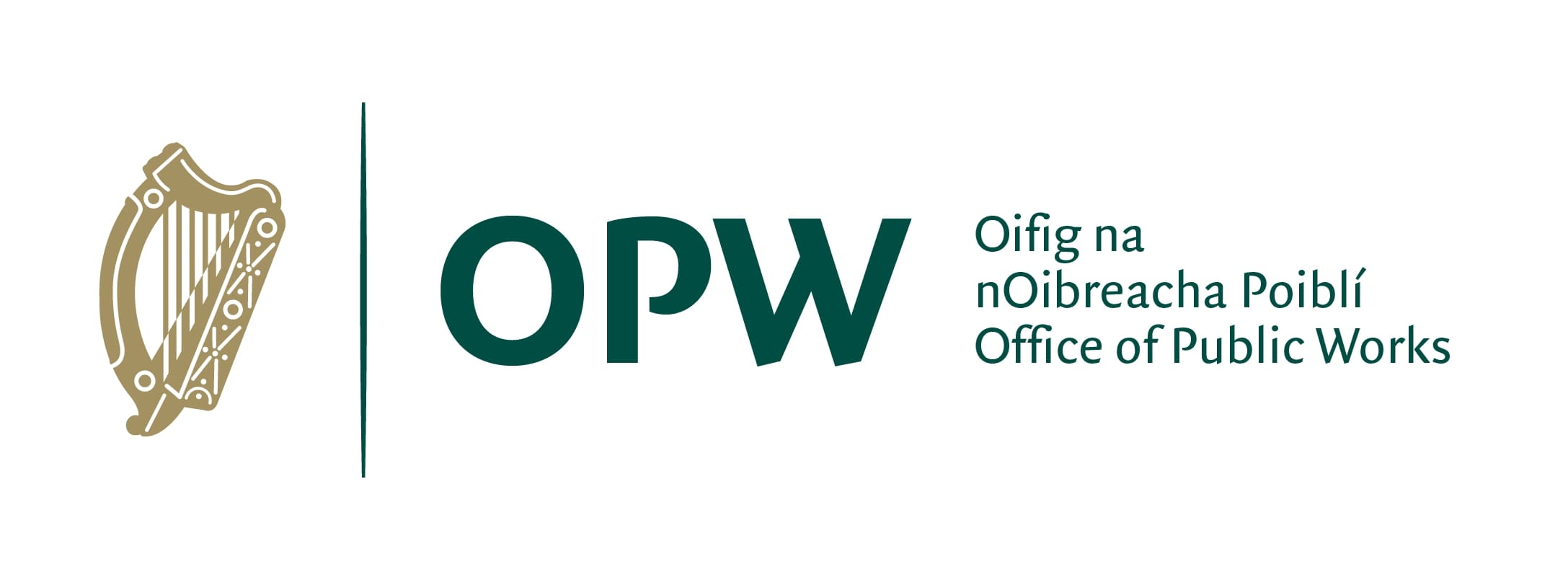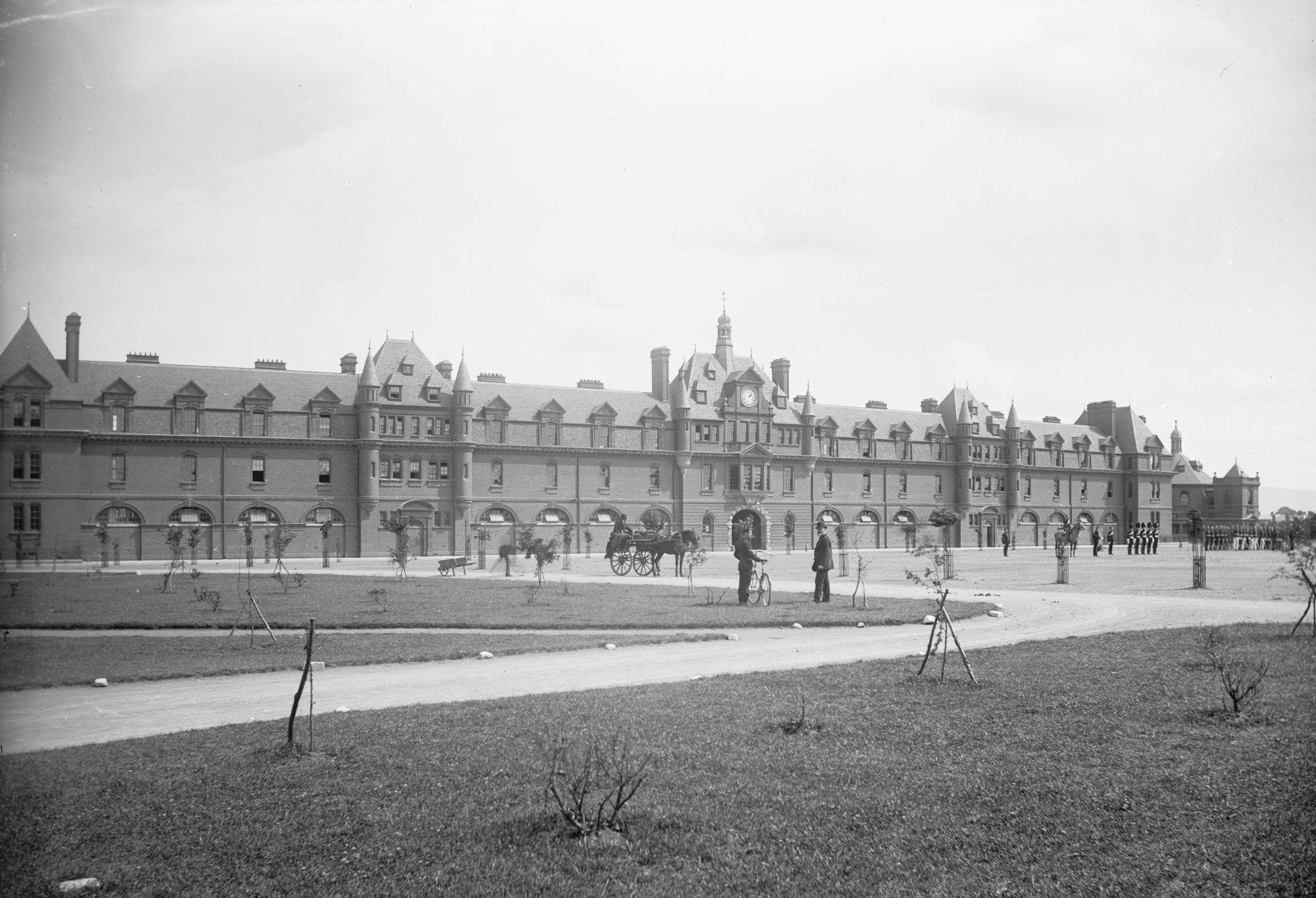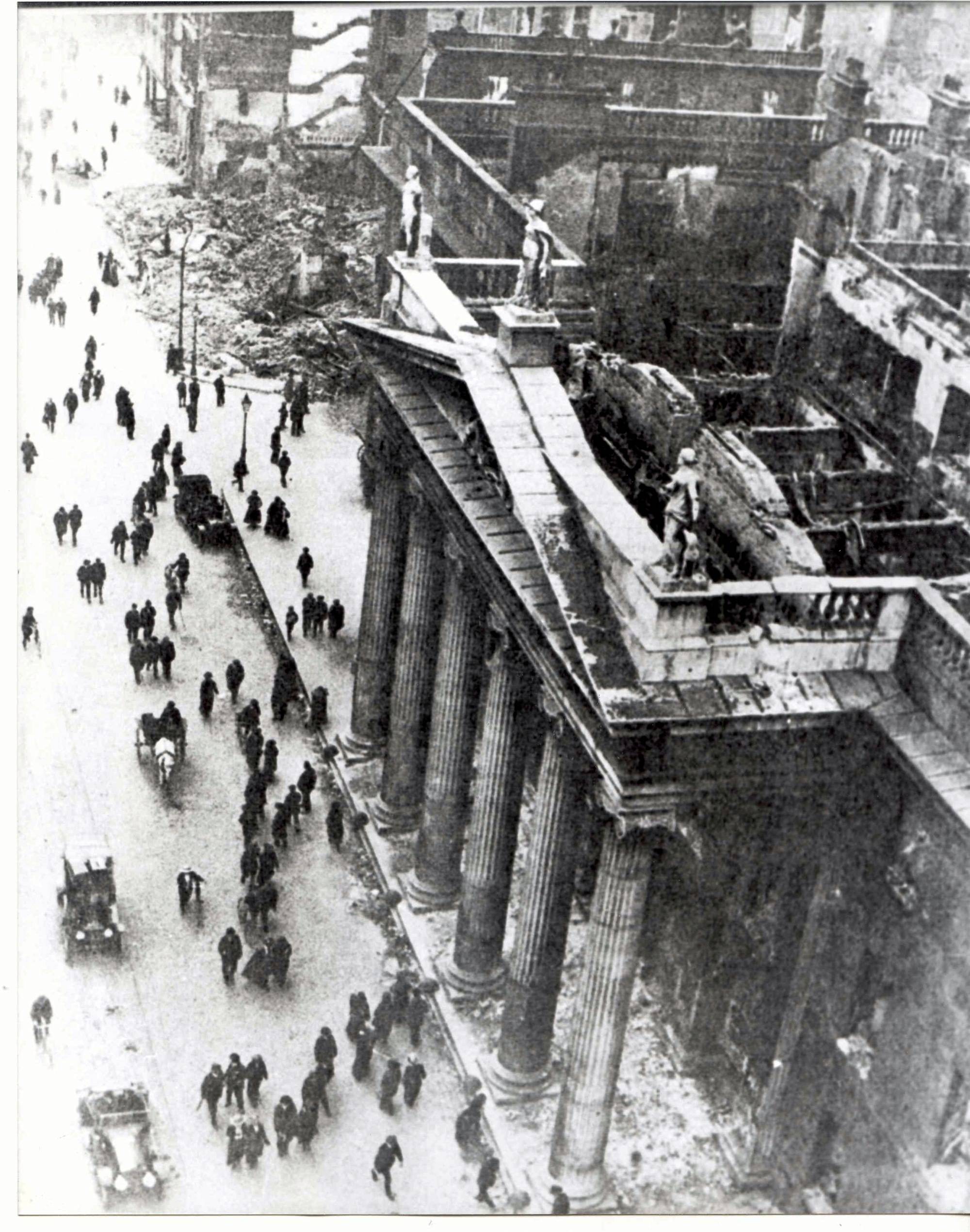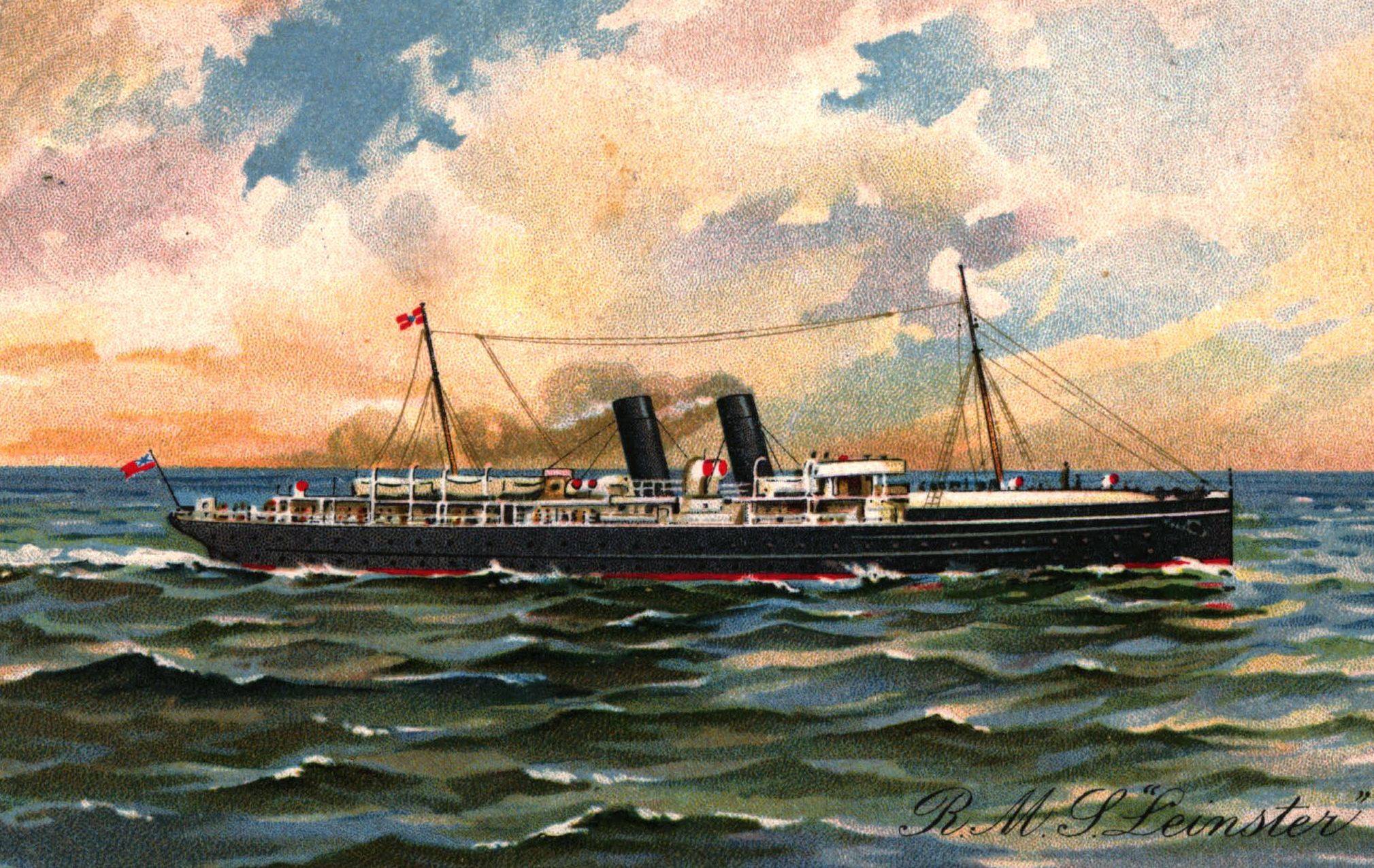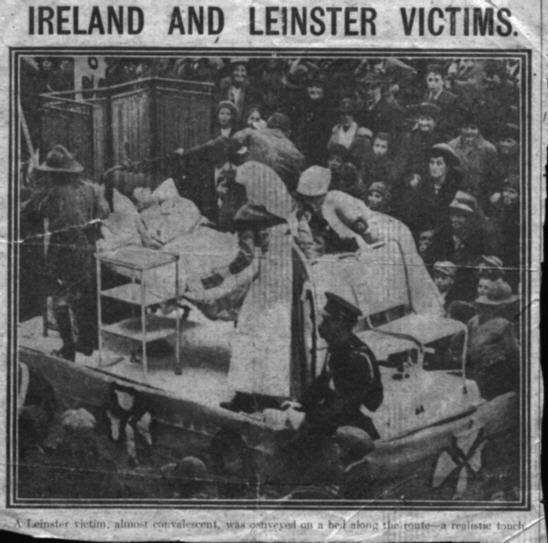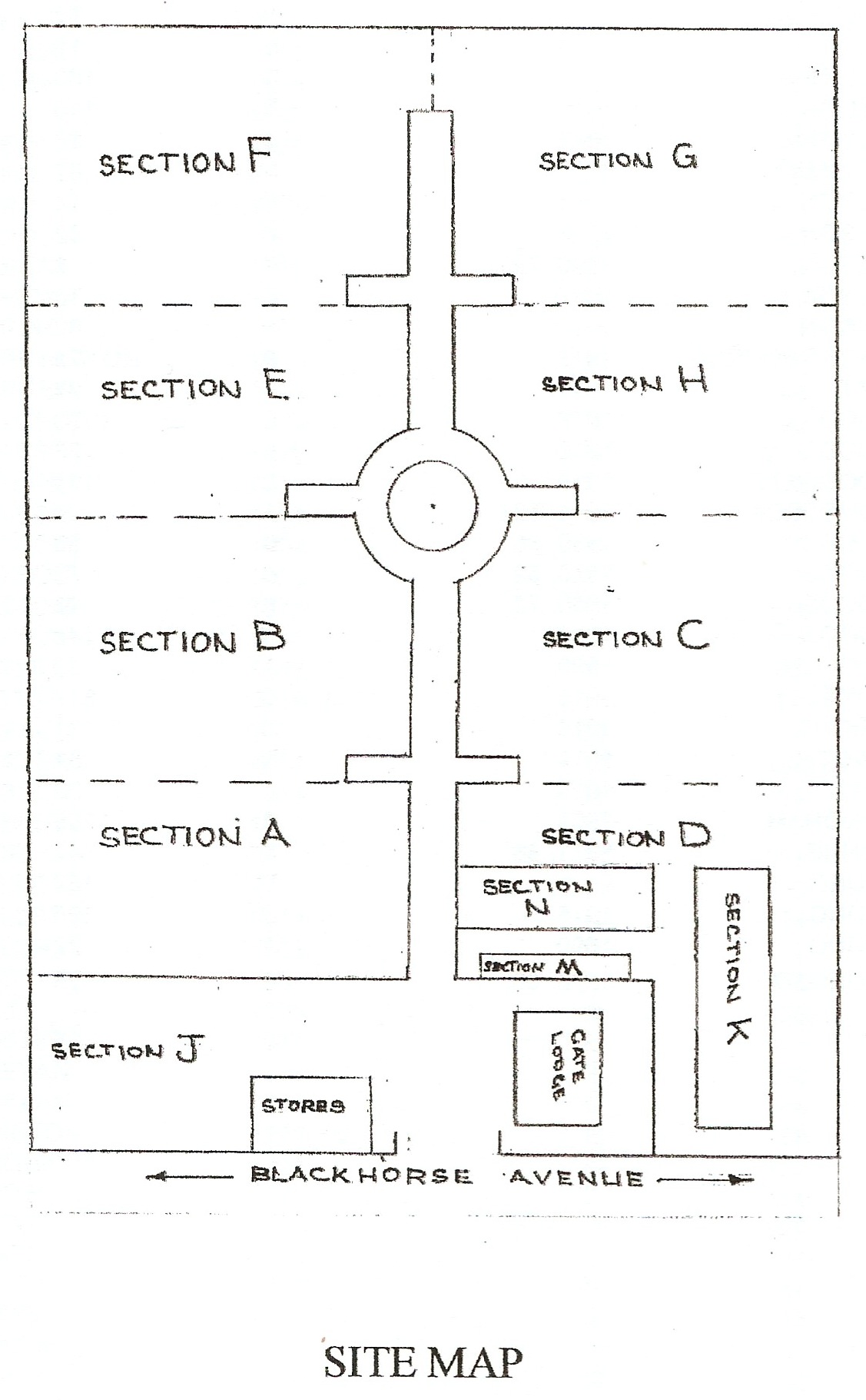Learn More
A Victorian Graveyard
Grangegorman Military Cemetery, situated on Blackhorse Avenue, was established in 1876 as a graveyard for the soldiers and workers, and their families, of the nearby barracks. It is composed of just under six acres. At first this was solely for the Royal Barracks (now Collins Barracks); from around 1892 the newly-built Marlborough Barracks (now McKee Barracks) was included.
In a manner typical of British military graveyards, most of the gravestones are uniform in appearance, and give just the name, date, and rank of the person interred. Casualties of conflicts such as the Crimean War, the Easter Rising, the Irish War of Independence, and the First and Second World Wars, are buried in Grangegorman. Because Marlborough Barracks was used as a place of recuperation for Commonwealth troops, there are soldiers of many different nationalities represented among the headstones. The cemetery is therefore divided into geographically-themed sections. There are over 1,100 headstones in the cemetery.
A Witness to Twentieth-Century Conflicts
The graves of 613 soldiers who were engaged in the First World War are buried in precise rows. There are also twelve graves from the Second World War. The graves of three soldiers are unidentified. A memorial wall of Irish limestone, fifteen metres long and two metres high, commemorates those who lost their lives in the First and Second World Wars and are buried elsewhere. In front of this wall stand eighty-three headstones in memory of those buried in Cork Military Cemetery. Plot 222 is the grave of Sgt. Major Martin Doyle from New Ross, who was awarded the Victoria Cross, the highest military decoration.
The cemetery also contains a Turkish Hazel tree, planted in 2005 by the ambassadors of Turkey, Australia, and New Zealand, in a ceremony that commemorated the 90th anniversary of the Gallipoli landings. The Rising which occurred during Easter Week 1916 resulted in over a hundred casualties in the British army. Around seventy of these are buried in Grangegorman. These included eleven Sherwood Foresters and seventeen men of the South Staffordshire Regiment. Irish men who were serving in the British army, and who fought during Easter week, were also buried in Grangegorman. The Irish regiments represented in this way the cemetery were the Royal Dublin Fusiliers, the Royal Munster Fusiliers, and the Royal Irish Rifles.
The RMS Leinster
The RMS Leinster was commissioned in 1895 by the City of Dublin Steam Packet Company, as one of four ships, each of which was named after an Irish province. She travelled between Kingstown (now Dún Laoghaire) and Holyhead, as a mailboat. When submarine attacks on British merchant shipping grew, all merchant ships, including the Leinster and her sisters were recalled to shipyards for a number of modifications. The ships were painted in camouflage, which gave them an appearance similar to that of a warship. To add to the warlike appearance, a 12-pounder (i.e. 3 inch) gun was mounted on a platform at the stern of each vessel, just behind the boat deck. Members of the Royal Navy were assigned to each ship, as gunners for the 12-pounder. The guns were put in place at a time when submarines made surface attacks. The guns forced German submarines to operate from beneath the surface of the sea. This in turn ironically rendered the guns useless for defensive purposes. The Leinster also had two signal guns.
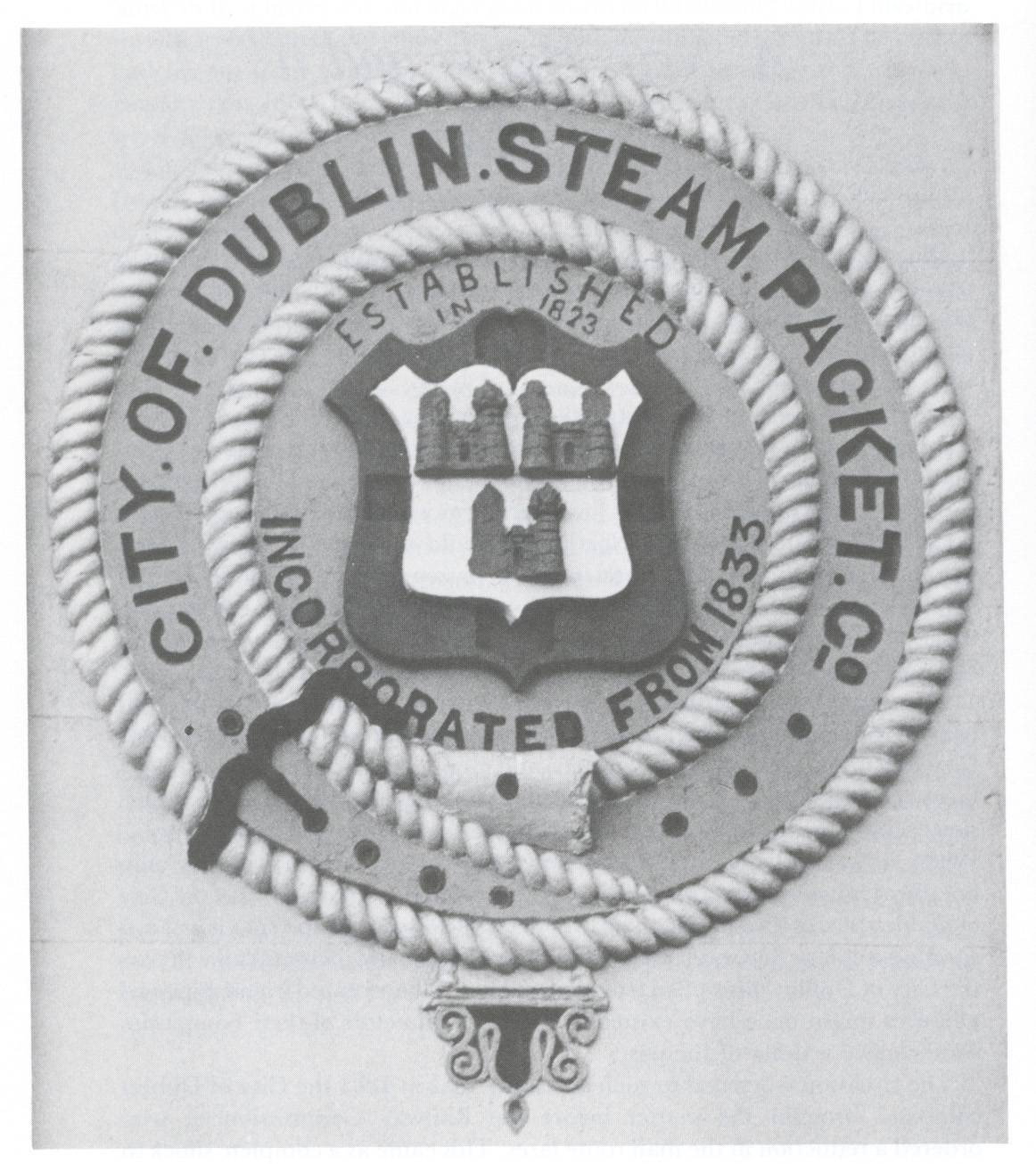
With thanks to Philip Lecane, author of Torpedoed! The RMS Leinster Disaster (2005).
Still Open for Business
Grangegorman is still open for burial, but under strict criteria. Application can be made to the Commissioners for Public Works either in a new grave, in the case of a person who has given service in the British Army prior to 1 April 1923, or in an existing grave in the case of a near relative of the deceased soldier buried in the grave.
Find a Grave
If you are interested in finding the grave of a specific person, there are a number of sources that can help. Memorial Inscriptions of Grangegorman Military Cemetery (Genealogical Society of Ireland, 2006) is an excellent guide. There is an incomplete list of burials available online at internment.net. The Commonwealth War Graves Commission also has a searchable database.
Bibliography
- Memorial Inscriptions of Grangegorman Military Cemetery (Genealogical Society of Ireland, 2006)
- Burnell, Tom. Irishmen in the Great War: Reports from the Front 1914 (2014)
- Igoe, Vivien. Dublin Burial Grounds and Graveyards (2001)
- Lecane, Philip. Torpedoed! The RMS Leinster Disaster (2005)
- Stokes, Roy. Death in the Irish Sea: The Sinking of RMS Leinster (1998)
Useful Links
- Grangegorman Military Cemetery on the Irish War Memorials online database.
- The Military History Society of Ireland, and their journal, The Irish Sword.
- The Dublin Graveyards Directory online.
- Grangegorman Military Cemetery on the website of the Commonwealth War Graves Commission.
- Explore the resources of the Military Heritage Trust online.
- A very detailed online photographic guide to some of the burials at Grangegorman, in six parts.
